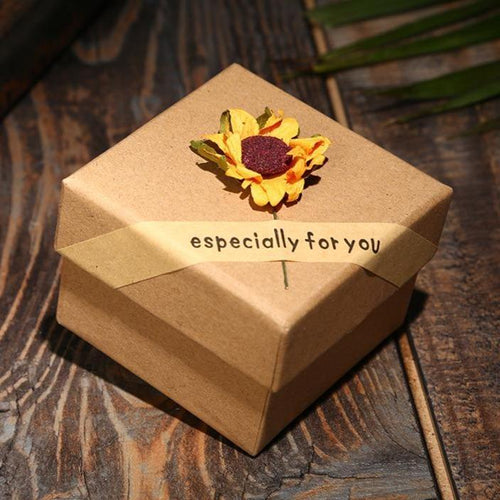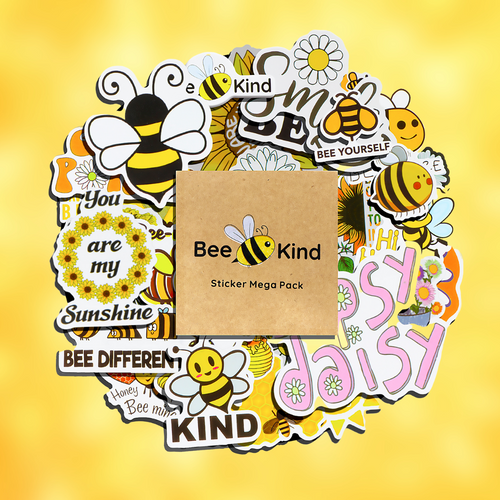Bumblebees are fascinating and wonderful fuzzy creatures which deserve to be protected for their inherent value. Their ecological and economic input is undeniable, with around one third of human food requiring bee pollination. Many horticultural crops depend on bumblebees for pollination.
Although the various bumblebee and honeybee species both belong to the Apidae family, bumblebees belong to the Bombus genus and honeybees to Apis. Their appearance is different as well.
Here are several things you may not know about bumblebees that could give you a whole new perspective on the tiny buzzing creatures:
1. It’s unlikely to be stung by a bumblebee
Bumblebees are peaceful and not aggressive, even compared to the honeybee. They only attack people when they are threatened. Moreover, only the worker bumblebees and Queen have a sting.
2. Bumblebees don’t die when they sting
Unlike honeybees, bumble bees don’t die after they sting. In fact, since their stinger has no barb, they can sting you several times in a row if you aren’t careful!
3. Bumblebees are very intelligent
Bumblebees use a combination of color and spatial relationships to learn from which flowers to forage. They can also detect both the presence and the pattern of electric fields on flowers, which occur due to atmospheric electricity, and take a while to leak away into the ground. They use this information to find out if a flower has been recently visited by another bee.
4. Bumblebees are social insects
Their colonies can contain up to 150 individual bees. This is however quite small compared to honeybees that can have nests with over 50,000 bees. They communicate through touch, eye contact, chemicals called pheromones, and wing vibrations. This is how insects inform about the safety of the nest, the location of food sources and further actions. Like other bees, bumblebees can see ultraviolet light.
5. Some bumblebees use the nests of other bumblebees to produce offspring
Bumblebee species nest in soil, tree hollows, abandoned bird nests. The larvae hatch after about 4 days. They go through four stages of development. Juveniles weave silk cocoons and pupate in about two weeks. The whole development process takes 30-35 days, depending on the ambient temperature. A “cuckoo” bumblebee will lay its eggs in the nest of other bumblebees, and leave the workers of that nest to rear the young.
6. Bumblebees use their wings to cool down their nest
Since bumble bees can flap their wings 200 times per second, they are able to use their wings as fans to reduce the heat inside their nests. This technique is called fanning. Bumblebees’ nest should not overheat, because this negatively affects the insects themselves. That is why bumblebees do everything possible so that later they do not have to waste their own energy to adjust the internal microclimate of the nest.
7. Bumblebees are some of the most frost-resistant insects
Studies have shown that bumblebees play a huge role in pollination of various plants in the advancement of agriculture to the north. The fact is that bumblebees are one of the most cold-resistant insects, well adapted to life in the harsh conditions of the north, where other pollinators either cannot live or fly for a short time. Bumblebees reach the north of Greenland, Chukotka and Alaska. Such an unusual cold resistance of these insects is associated with the peculiarities of the thermoregulation of their body.
Bumblebees can raise their body temperature to 104,0 ° F (40 ° C) by contracting their muscles at an accelerated pace.

Sadly, bumblebee species are on the decline in North America, Europe and Asia, predominantly due to the rise in industrial agriculture. This will also have a catastrophic impact on other wildlife which are dependent on these plant species.
Unlike many other species’ conservation efforts, bumblebee conservation is genuinely something that everyone can play a major role in. A great way for everyone to help bumblebees is to plant wildflowers in gardens or in plant-pots for window-ledges.











